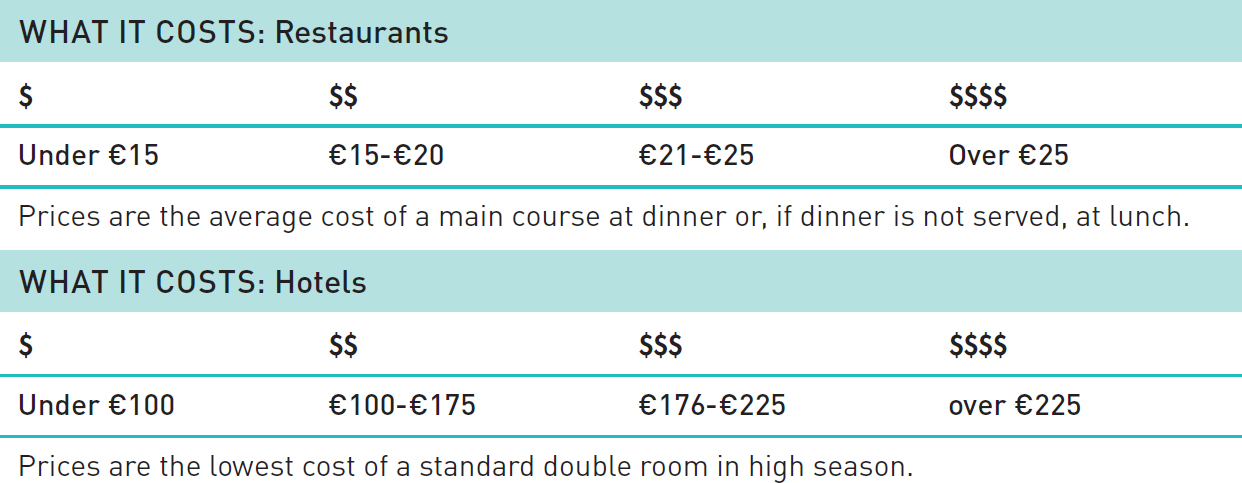Contents
CONTENTS
ABOUT THIS GUIDE
Inside Lisbon shows you the city like youve never seen it. Written entirely by locals, it includes features on the citys street art and galleries and plenty of insider tips. The result is a curated compilation infused with authentic Lisbon flavor, accompanied by easy-to-use maps and transit information.
Whether youre visiting Lisbon for the first time or a seasoned traveler looking to explore a new neighborhood, this is the guide for you. Weve handpicked the top things to do and rated the sights, shopping, dining, and nightlife in the citys most dynamic neighborhoods. Truly exceptional experiences in all categories are marked with a  .
.
Restaurants, bars, and coffee shops are a huge part of Lisbons appeal, of course, and youll find plenty to savor in its diverse neighborhoods. We cover cuisines at all price points, with everything from enduring institutions and groundbreaking chefs to the perfect late-night street snack. We cover hotels in the Experience section at the front of this guide. Use the $ to $$$$ price charts below to estimate meal and room costs. We list adult prices for sights; ask about discounts when purchasing tickets.
Lisbon is constantly changing. All prices, opening times, and other details in this guide were accurate at press time. Always confirm information when it matters, especially when making a detour to a specific place. Visit Fodors.com for expanded restaurant and hotel reviews, additional recommendations, news, and features.
#FODORSONTHEGO
Weve highlighted fun neighborhood facts throughout this guide. As you explore Lisbon, we invite you to use #FodorsOnTheGo to share your favorite discoveries with us.
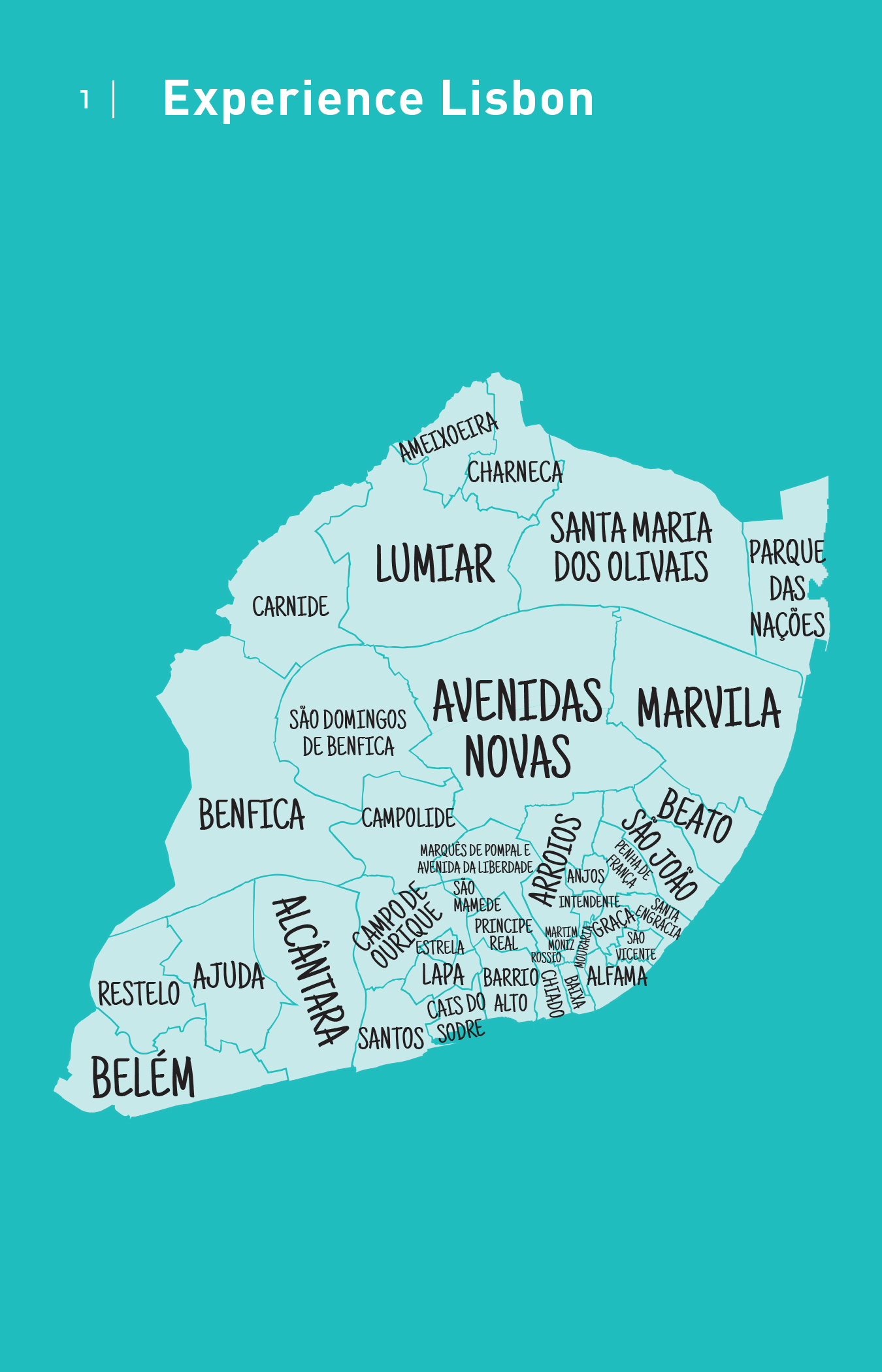
WELCOME TO LISBON
After taking a serious hit in the global financial crisis, the Portuguese capital has recently undergone a stunning transformation and Lisbon has fast become a famously dynamic city of contradictions and constant evolution.
LISBON TODAY
A bustling port city on the northern bank of the wide Rio Tejo, or Tagus River, Lisbon is the largest city in a small country that has mostly retained its own way of doing things, even as internationalism and gentrification creep in. Right now, that hybrid is deeply compelling.
Only a half a million people live within the city limits, but hundreds of thousands more live in nearby suburbs in all directions (Cascais and Sintra being the most well known, and well heeled), bringing the population to 2 million for all practical purposes. The city is increasingly mixed, with lifelong Lisboetas living shoulder to shoulder with immigrants from the former colonies, plus a growing community of expats who have fallen in love with the laid-back, Portuguese way of life.
More and more visitors are discovering the joys of the capital city: leisurely coffees, outstanding but simple food, quietly beautiful architecture (both gloriously decaying and fully intact), and blue skies and sunshine more than 300 days a year. Still, a purely Portuguese current of melancholy (captured by the sentiment saudade, whose closest English translation is longing) runs beneath it all, making this beautiful country all the more intriguing.
HISTORY
Ever since Neolithic and pre-Celtic times, Lisbons location at the far southwest edge of Europe has given it special status as an escape exit, an entry point, a strategic military enclave, and a center of trade. Over the centuries, the Phoenicians, Romans, Celts, Greeks, and Islamic Moors settled, invaded, and fought over this slice of the Iberian Peninsula.
In 1147, Portuguese Catholics and crusaders forcibly reclaimed parts of present-day Portugal from the Moors, and 32 years later, the pope recognized it as an independent country. Lisbon became the capital in 1255. By the 16th century, Vasco da Gama sailed four ships to India and established new trade routes, making the Portuguese masters of global maritime trade and Lisbon the richest city in the world.
Things were good until an estimated 9.0 earthquake rocked the city, causing huge fires and a massive tsunami. An estimated 25% of the population was killed and Lisbon was in ruins. As the city got back on its feet, the 19th century was defined by class struggle and the decline of the monarchy. The Portuguese Republic was established after a coup detat, which was followed by years of political instability and financial chaos: there were 45 government changes over 16 years.
Antnio de Oliveira Salazar, a right-wing dictator, established Estado Novo (New State), the corporatist authoritarian government that ruled Portugal from 1932 to 1974. Salazar maintained viselike control of the population through censorship, torture, and imprisonment. Democracy was restored on April 25, 1974, with the Carnation Revolution, a bloodless military coup coupled with a popular campaign of civil resistance.
Like many other countries, the great financial crisis of 2008 crippled Portugal. It received a bailout, trudged through the hard years of austerity, and has slowly reemerged as a hub of art and innovation.
THE PORTUGUESE DISCOVERIES
Portugals sailors and mapmakers were among the best of the 16th century, and they had a knack for colonization, though they refer to places like Mozambique and Brazil as discoveries rather than what they actually were. Citizens of the onetime colonies see things a bit differently, but the Portuguese are proud of their seafaring heritage and their onetime management of resources from around the world. Lisbon is rife with monuments to those explorers, particularly in the nearby suburb of Belm, where many of their expedition ships set sail.
GENTRIFICATION
Lisbon is at something of an inflection point right now. After the depths of the financial crisis, the government was grateful to see an influx of tourist dollars, encouraged foreign start-ups to take root, and encouraged wealthy foreigners to buy property (hello, Madonna). Home prices and rents have been rising quickly, and many of the apartments in the city center are inhabited (or Airbnb-ed) by foreigners.
Regardless of the pros and cons of the current boom, its an excellent reason to venture beyond the city center and into the suburbs, along the beach toward Cascais or across the river to the south, to experience how the Portuguese really live and to sample the most authenticand least expensivefood and wine.
WHATS WHERE IN LISBON
Each of Lisbons neighborhoods has its own allure. To help plan your visit, heres a rundown of the areas we cover in detail. The numbers refer to chapter numbers.
2. BAIXA AND ROSSIO
The central square in the downtown Rossio district is known for its towering statue of King Pedro IV and the distinctive waving pattern in its sidewalk tiles. It has been one of the citys main gathering places since the Middle Ages. Some of the shops and cafs around the square, like Caf Nicola, date from the 18th century. Baixa means low, and this area is downhill from everything else, right by the river. Most of the important tourist sites, such as the central, bright yellow



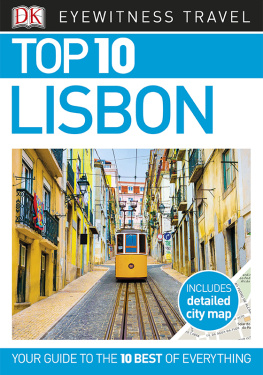
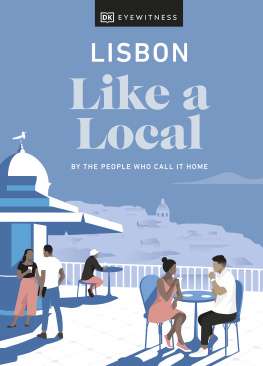

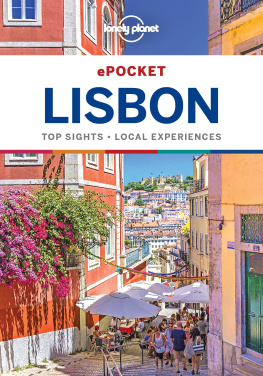
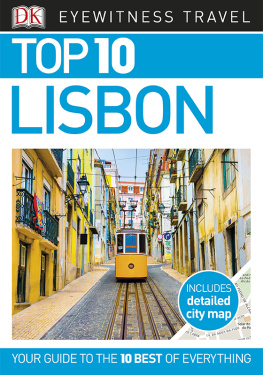
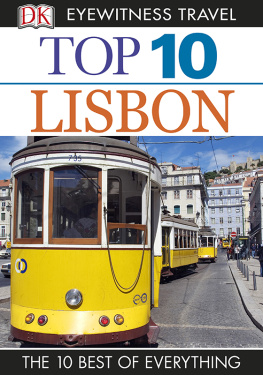
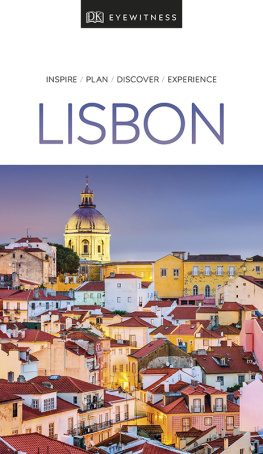
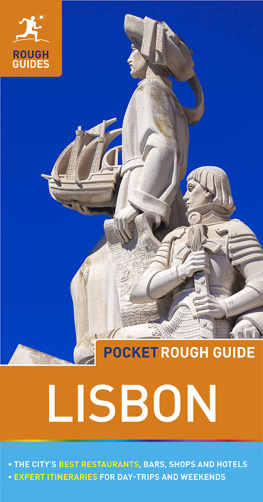
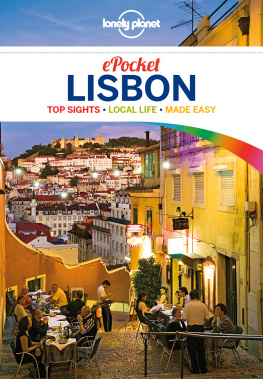
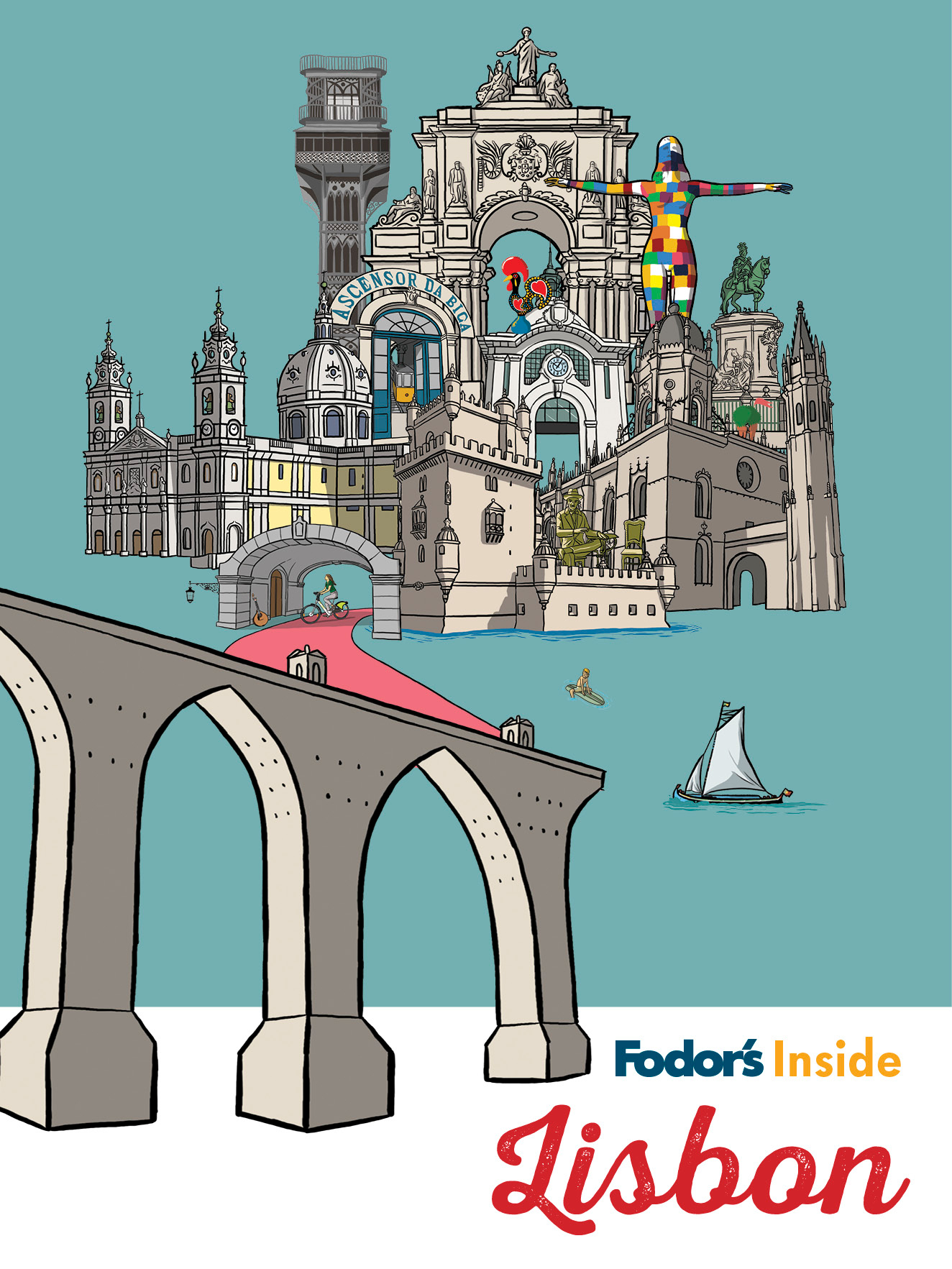
 .
.